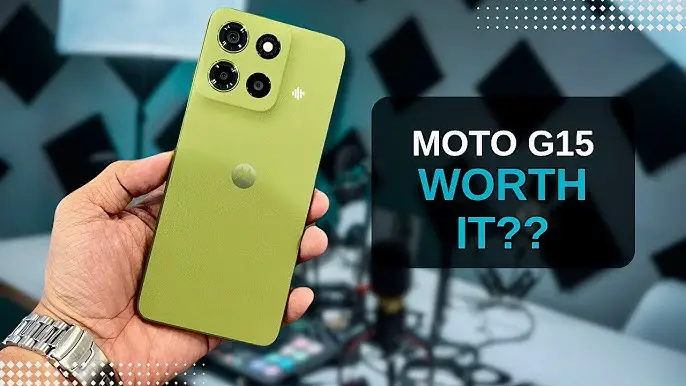The value proposition of the average handset is apparent – these devices run almost every part of our lives – yet spending hundreds of pounds on anything is a tall order for many people. This is where smartphones like the Motorola Moto G15 come in.
For just under £140, Motorola provides all of the fundamentals of smartphone ownership: a huge and sufficiently sharp display, a competent camera, a substantial battery, and even a reassuringly stylish appearance.
Why would you want to spend more? As with other money-saving schemes, the devil is in the details, and you generally get what you pay for. Here is my whole review.
Design & Build
- Classy, modern Motorola design
- Grippy faux-leather back
- IP54 certification
Motorola has more expertise producing high-quality inexpensive phones than anyone else. For years, its Moto G line has been synonymous with dependable low-cost smartphones.
That is why it is capable of producing a phone like the Moto G15, a solidly made, classy-looking smartphone that (from certain angles) resembles phones that cost twice as much.
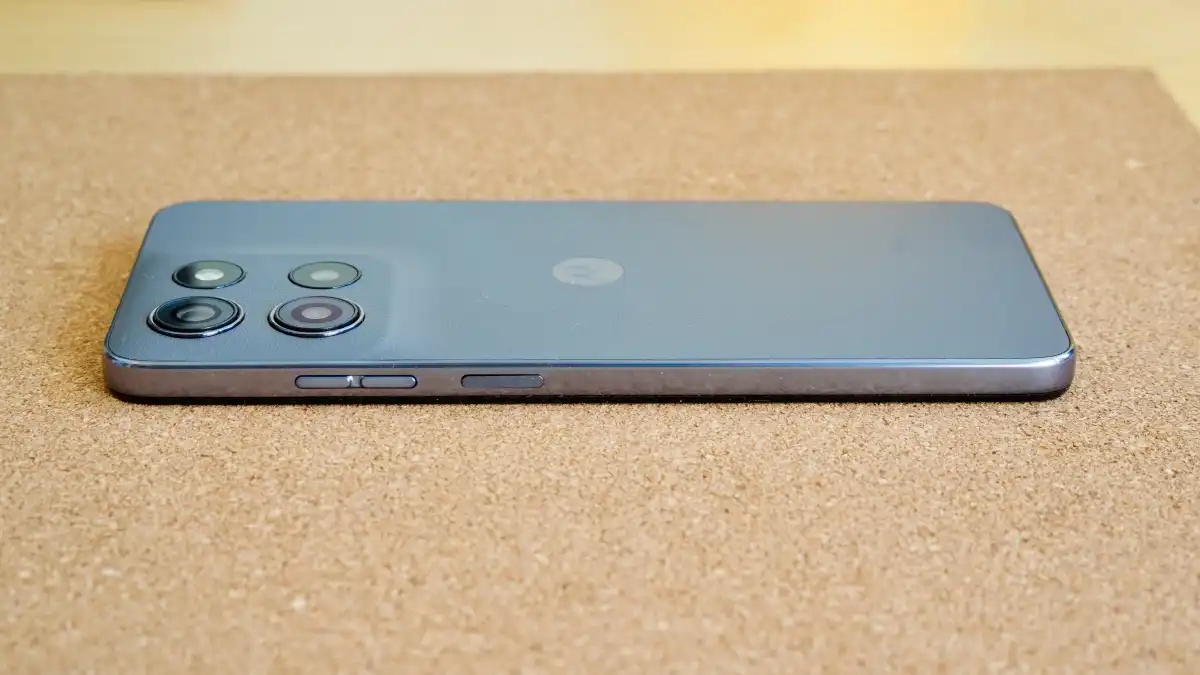
Motorola has applied their current design language here. From the back, the Moto G15 looks identical to the Moto G85 and even the £600 Moto Edge 50 Pro.
You get the same slightly bulging camera module, as well as a familiar faux-leather covering that improves grip and reduces paw prints. You won’t find another phone under £150 that feels as amazing.
My test model is Gravity Grey, but you may choose Iguana Green or Sunrise Orange for a more eye-catching look.
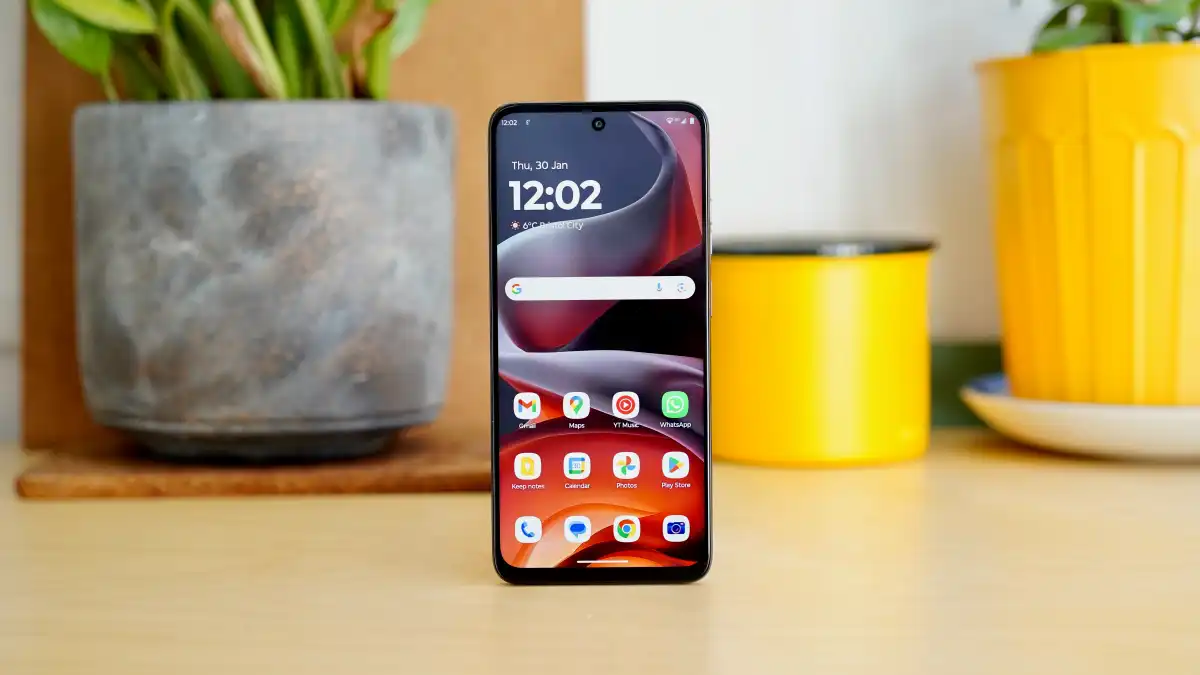
From the front, things are significantly less spectacular, with massive display bezels and a wide chin. Still, at least you get a true hole punch notch, as opposed to the archaic teardrop approach that some low-cost phones use.
You won’t find another sub-£150 phone that feels this good
It’s not a little phone, measuring 165.67 x 75.98 x 8.17mm and weighing 190g despite being made entirely of plastic. Sure, you have to work hard to get it to flex or creak, but the IP54 dust and water resistance is an excellent value.
Screen & Speakers
- 6.72-inch LCD display
- FHD+ resolution
- Only 60Hz refresh rate
- Stereo speakers with Dolby Atmos support
When you initially turn on the phone, one of the first signs that you’re dealing with a low-cost device is the screen. Aside from the aforementioned thick bezels, it’s clear that you’re looking at an LCD panel rather than the OLED found on the great majority of phones over £200.
Without the bright qualities of OLED, media material appears washed out, with muddy greys replacing deep blacks and a lack of contrast.
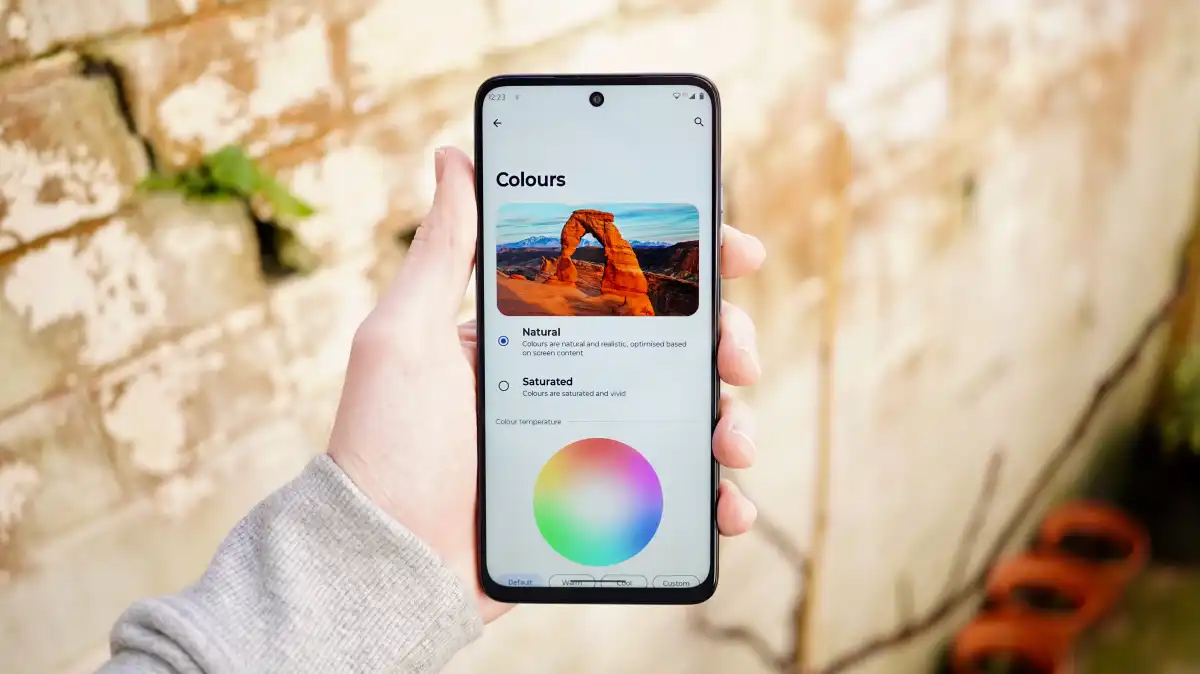
Motorola has, commendably, managed to create an ambient display, so you can see the time and any notification indicators when you tap the screen, but it does so by rendering the display nearly unusable.
While the Moto G15’s screen is somewhat hampered from the start, it does offer the advantage of being large (6.72 inches) and sharp (1080 x 2400, FHD+), the latter of which is not guaranteed when spending less than £150.
Media content looks somewhat washed out here, with murky greys taking the place of deep blacks, and a relative lack of contrast
It also gets quite bright, with an Extra Brightness option for even more on sunny days if needed.
The only major drawback here, given the price, is the 60Hz refresh rate. Unless you’re Apple, this seems like a specification from another age.
In light of the Moto G15’s processor’s limitations, I believe this is a reasonable provision. What’s the point of having a nice display if the phone struggles with basic tasks?
The Moto G15’s audio capabilities are surprisingly robust. You get real stereo speakers, support for Dolby Atmos, and a hint of Bass Boost. You’ll still want to use headphones (there’s an old-school 3.5mm connector if that’s what you prefer), but there’s a decent lot of depth and separation for a phone this inexpensive.
Specs & Performance
- MediaTek Helio G81
- 4GB LPDDR4X RAM
- 128GB storage plus MicroSDXC expansion
In many aspects that matter, Motorola has successfully used its restricted budget to provide you with a good imitation of a modern smartphone experience. However, it clearly had to draw a boundary in terms of performance, which ultimately proves to be the Moto G15’s undoing.
Because chipsets account for a significant portion of the bill of materials, Motorola was obliged to make do with a basic MediaTek Helio G81 processor. This creaky 12nm component is absolutely incapable of operating a modern phone fluidly, even with the display set to a simple 60Hz. Only 4GB of RAM is insufficient in this situation.
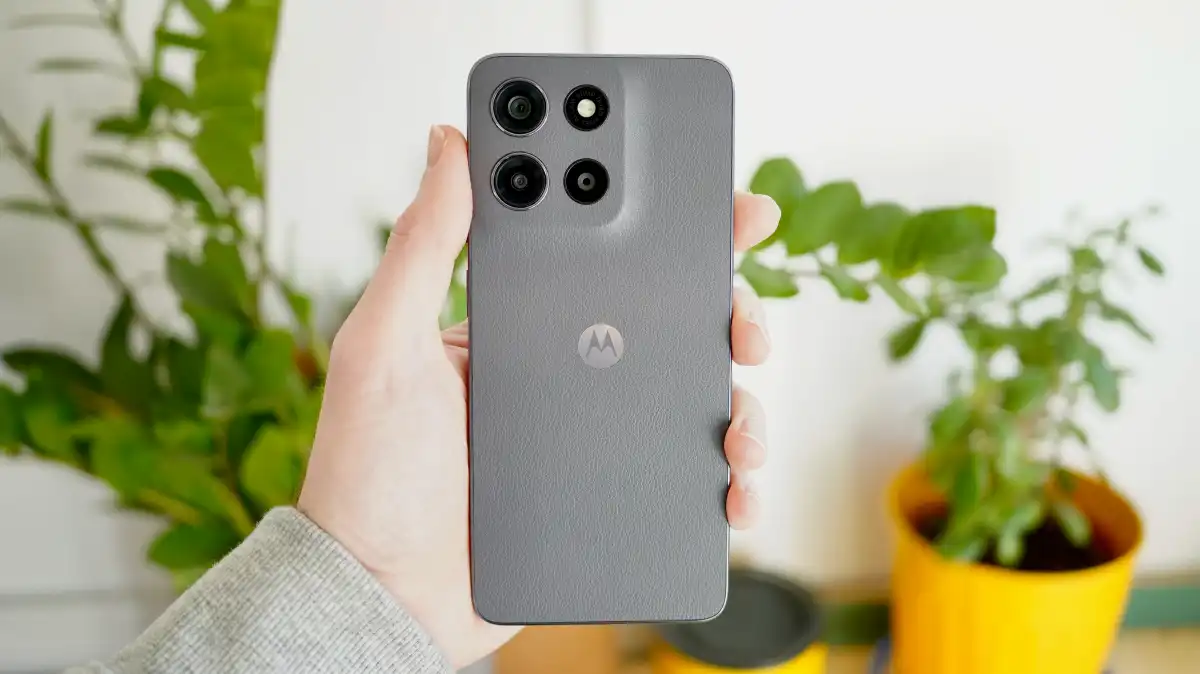
Using the Moto G15 will be a terrible experience for anyone accustomed to something more. And I’m not even talking about flagship phones here; rather, anything priced around £250.
The basic act of switching between home screens and menus is accompanied by a notable amount of chug and jitter; loading media-rich webpages takes an additional beat or two; and accessing the camera app via Motorola’s double twist gesture appears to take forever.
Using the Moto G15 will be a painful experience for anyone used to something more
Our benchmark tests confirm this, with a Geekbench 6 multi-core result that is 50% worse than even the cheap Samsung Galaxy A16 5G – not a level of performance to which any phone should aspire.
The Moto G15’s GPU performance is significantly lower, with a frame rate around half that of the Galaxy A16 5G. It can’t even compete with the year-old Moto G04, which has an RRP of less than £100.
Motorola Moto G15 benchmarks
Cameras
- 50Mp main camera
- 5Mp ultrawide
- 8Mp selfie camera
If Motorola has failed to develop a phone that punches above its weight in terms of performance, it has at least provided a camera system that produces adequate results for the price.
It’s encouraging to see that the company has avoided the unnecessary frills of gimmicky extra sensors here. There is no stat-padding macro camera or depth sensor, only a 50Mp f/1.8 primary sensor and a 5Mp ultra-wide.
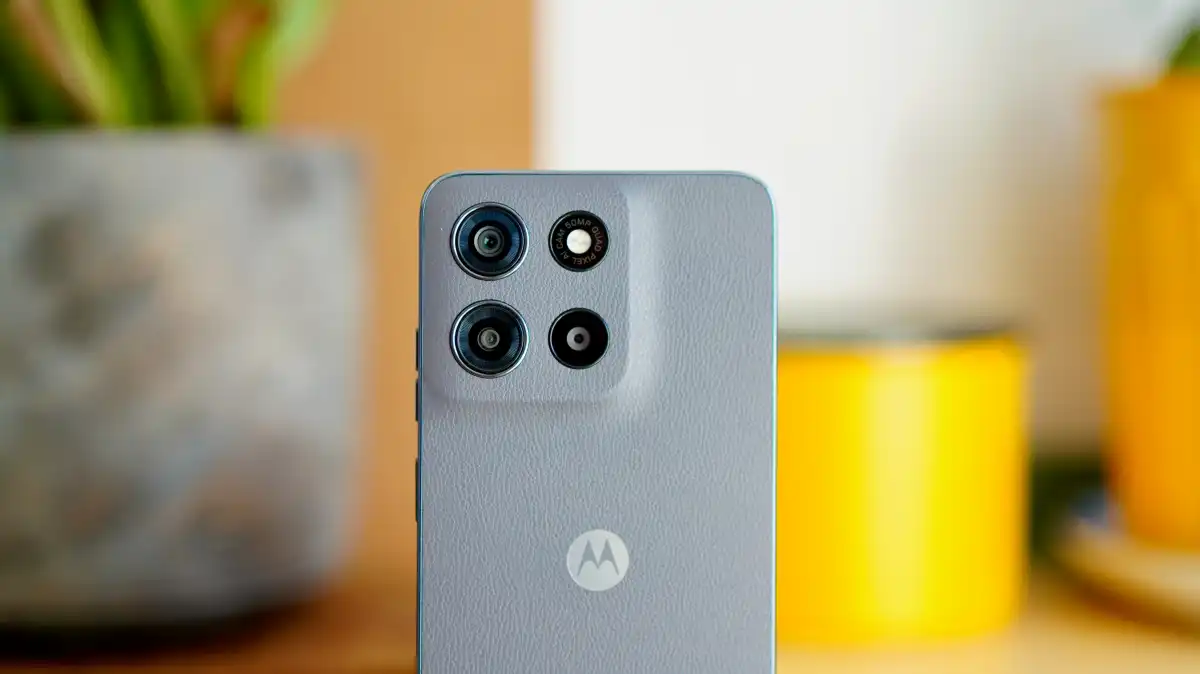
The main camera will not wow anyone who has already used a phone priced at £200 or above, but it also does not embarrass itself. In favorable lighting, the G15 delivers decent – that is, shareable – photos that manage exposure and auto-HDR well. The color tone is quite natural, and I was pleased with the skin tones and, in fact, a special portrait mode that effectively separates the subject.
The main camera won’t impress anyone who’s used a phone in the £200 or higher range before, but nor does it disgrace itself
Food photographs in a well-lit restaurant yielded tasty-looking, natural photos, but as the light faded, things quickly went apart. Night mode seemed completely inadequate in this situation. While it makes up for the lack of brightness, the noise levels are excessive.


The 5Mp ultra-wide performs quite poorly, with a significant reduction in detail, obvious symptoms of overexposure, and a generally more over-processed color tone.
The 8Mp selfie camera is also not particularly impressive. The tone is appropriate, however my face has an unpleasant oversharpened impression.
Video capture, meanwhile, maxes out at a meagre 1080p and 30fps. The lack of OIS proves troublesome, as it does with those night shots.
Battery Life & Charging
- 5200mAh battery
- 18W wired charging
- No charger in box
Motorola has gone above and above in terms of battery capacity, equipping the Moto G15 with a 5200mAh cell.
With a simple 60Hz display and a low-power (albeit not extremely efficient) chipset, the Moto G15 can last two days with light to moderate use. As previously indicated, this is about all you’ll want to submit the phone to.
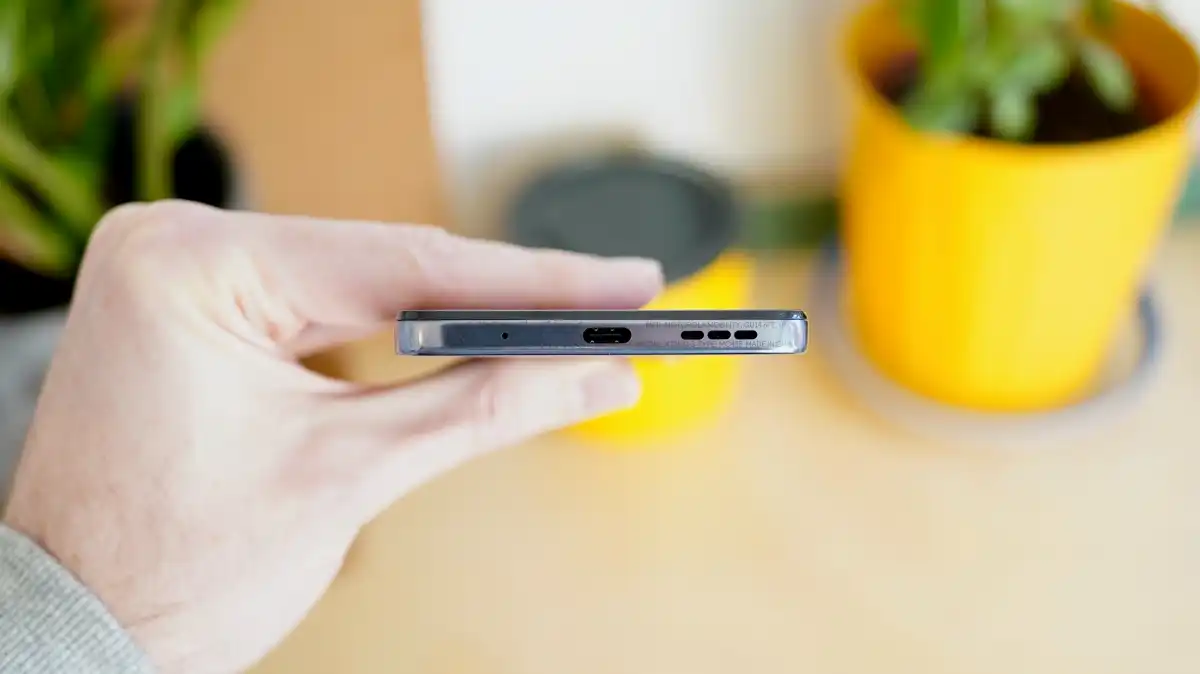
In a day of moderate usage, with approximately 3 hours and 20 minutes of screen time, I found that I had between 50 and 60% left, which was more than enough to see me through a second day.
Not everything is good news in terms of stamina. The Moto G15 lasts only 11 hours and 38 minutes in the PCMark World 3.0 battery test, which mimics battery strain in a mixed working environment. That’s slightly better than the Samsung Galaxy A16 5G, but many hours less than the CMF Phone 1 and over one hour less than the Poco X7.
The phone supports up to 18W cable charging, however you must provide your own power brick. Using a good third-party charger, it took a very ponderous 45 minutes to charge from empty to halfway, and just shy of 1 hour and 45 minutes to charge completely.
With around 3 hours and 20 minutes of screen on time, I found that I was left with between 50 and 60% left – more than enough to sustain me through a whole second day
Software & Features
- Android 15
- Close to stock UI
- Only two years of software updates
Motorola’s software is well-known for being lightweight and polished, and Android 15 is virtually unhindered in this regard.
Menus and icons are generally how Google intended, though I’m not a fan of Motorola’s default typeface. It does not provide much visual contrast between bold and plain text, making the Gmail inbox difficult to navigate.
Unfortunately, Motorola has also shown some worrisome signals of meddling. On the Moto G15, I was irritated by the New Apps service.
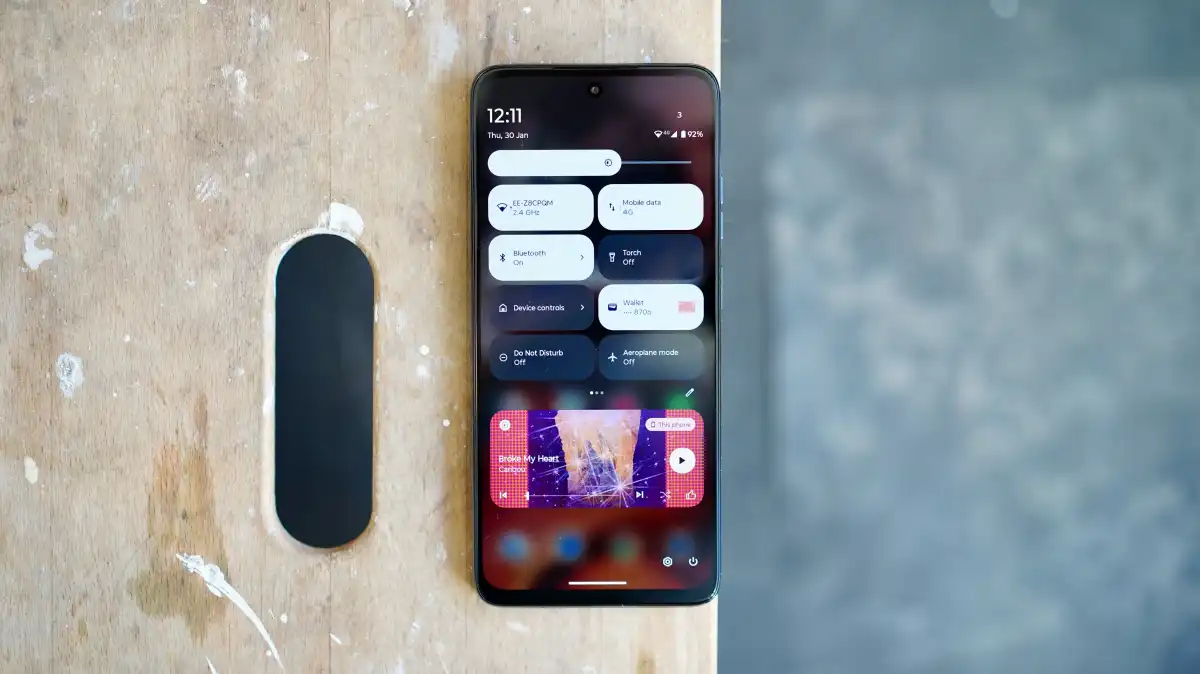
This service’s positioning appears to be a little misleading. “Try three apps that are new to you, delivered monthly and with system updates” according to the description. Sounds quite useful, doesn’t it?
It actually amounts to a thinly camouflaged additional revenue stream for Motorola. The first three apps I received through the program were Temu, a cheap and colorful shopping app, and two dreadful games – three apps that couldn’t be more different from what I would choose for myself.
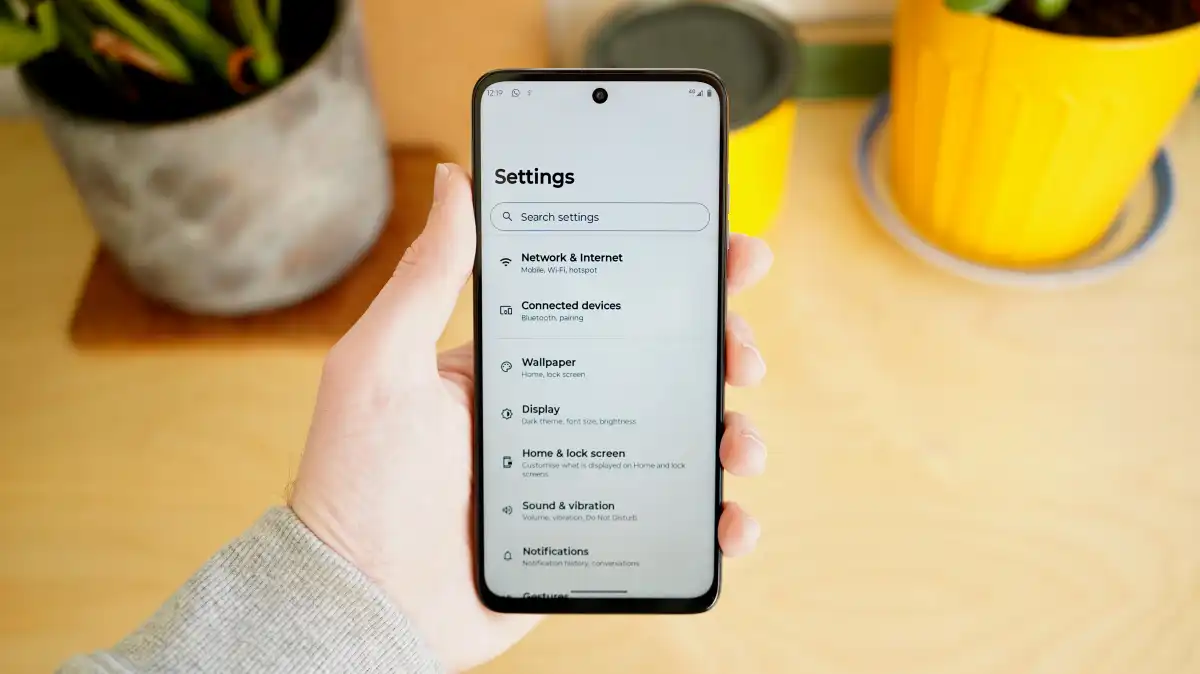
Motorola was also painfully insistent about this, pestering me with messages to use the New Apps service right away after setup. Add this to a slew of other bloatware – Booking.com, Facebook, Opera, and more awful games – and the UI isn’t quite as pristine as we remember.
According to what I’ve read, Motorola’s update strategy is also not particularly promising. There are no further Android versions promised, and security patches are only available for two years.
This isn’t quite the super-clean UI we once knew
Although Motorola’s user interface is still among the best in the entire low-cost phone market, it isn’t quite as strong as it once was.
Price & Availability
The Moto G15 is available directly from the Motorola website, as well as third party retailers such as Amazon and Argos, for a price of just £139.99.
Specs
- Android 15
- 6.72-inch, FHD+, LCD, 60Hz, flat display
- Side-mounted fingerprint sensor
- MediaTek Helio G81
- 4GB LPDDR4X RAM
- 128GB storage
- 50Mp, f/1.8 main camera
- 5Mp, f/2.4 ultra-wide camera
- Up to 1080p @ 30fps rear video
- 8Mp front-facing camera
- Stereo speakers
- Dual-SIM
- Wi-Fi 802.11 a/b/g/n/ac
- Bluetooth 5.0
- 5200mAh battery
- 18W charging
- 165.67 x 75.98 x 8.17 mm
- 190g
- Launch colours: Gravity Grey, Iguana Green, Sunrise Orange


